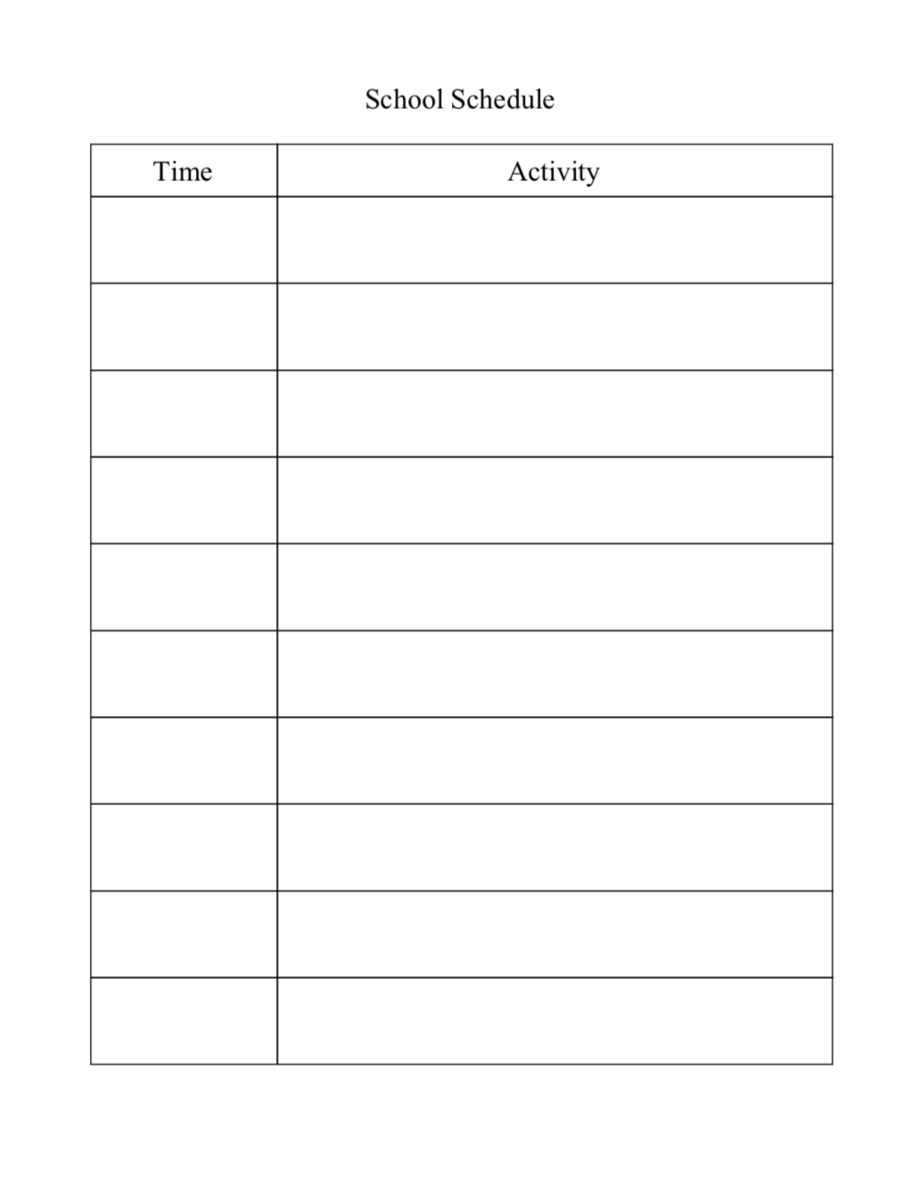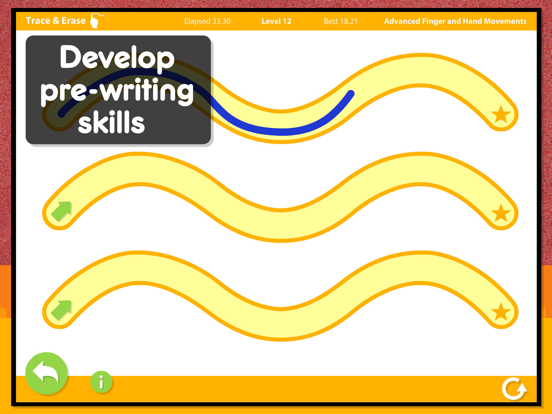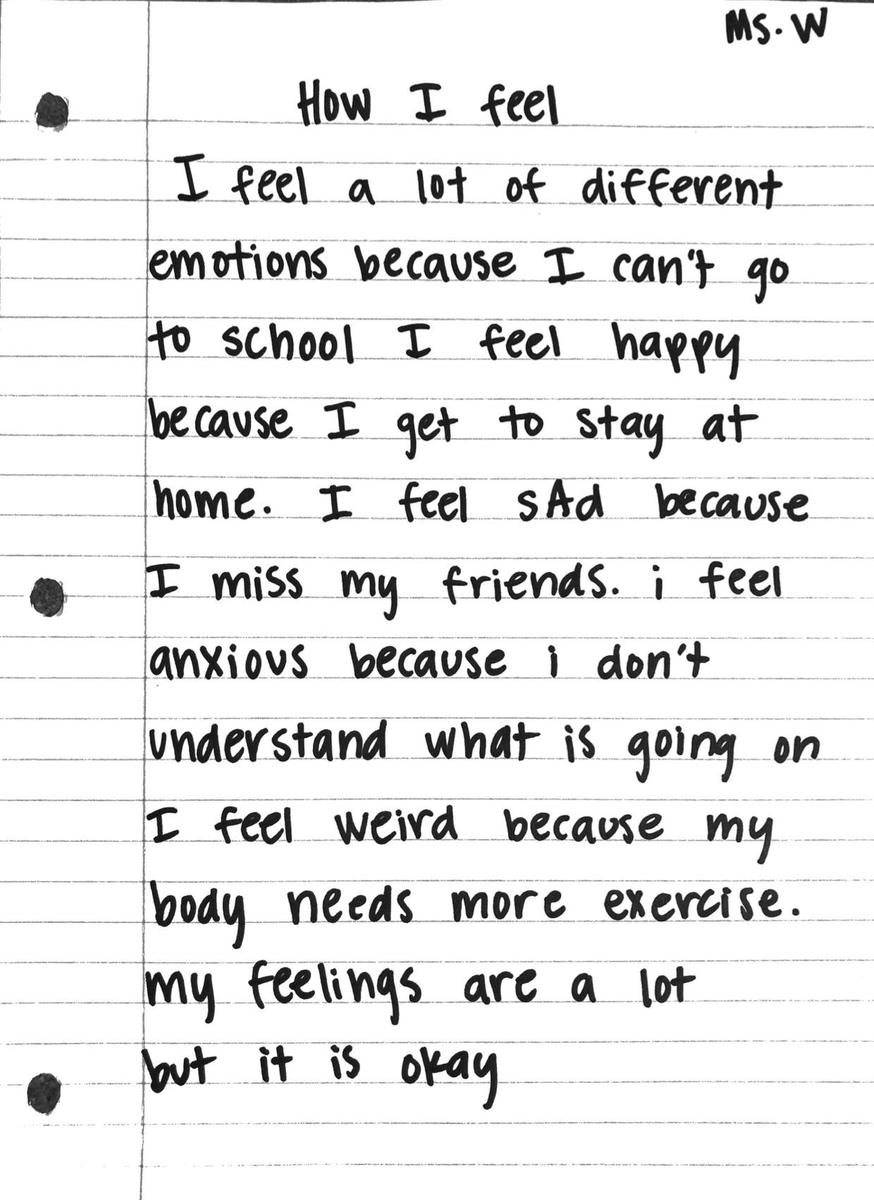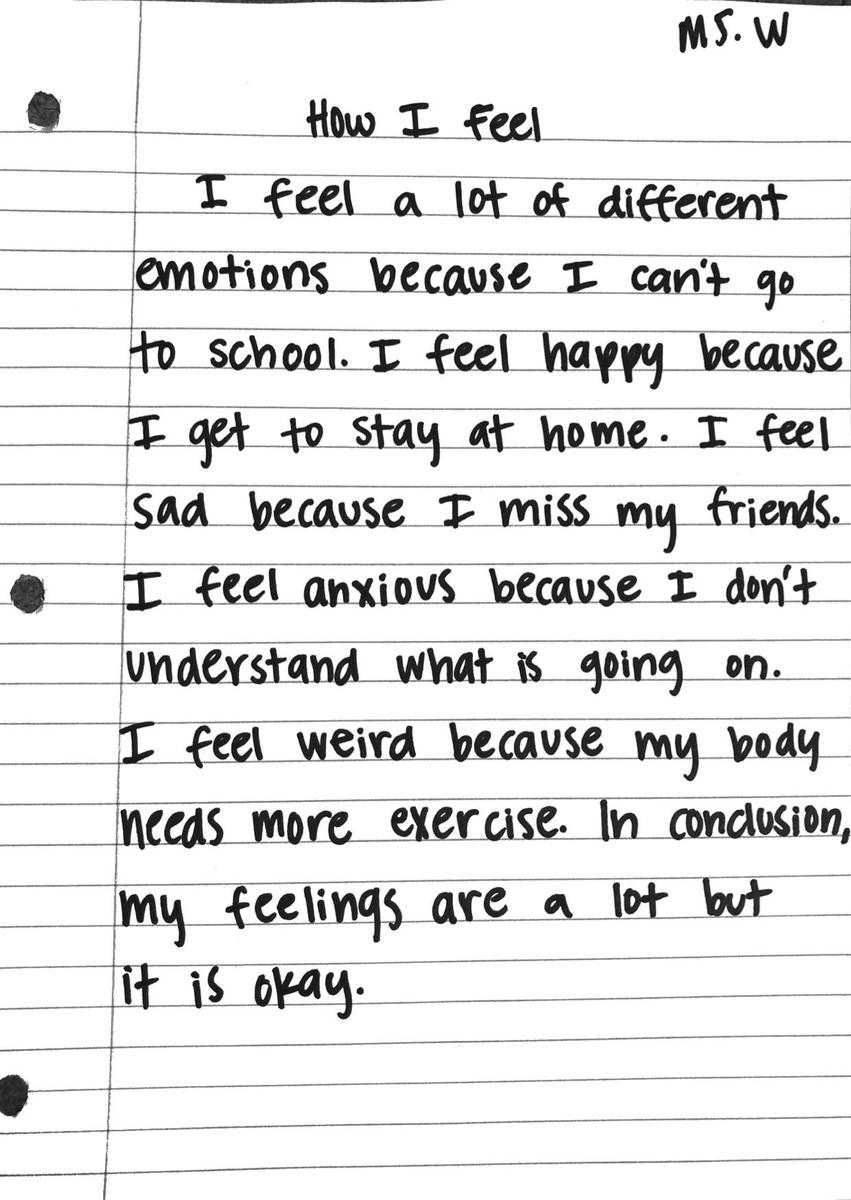Several of you have asked for ideas to make learning at home a more enjoyable time for you and your child. Here are a few tips to help you out:
1. Keep a set schedule. Everyone has different needs and routines in the home setting. However, keeping a similar schedule day to day will help the process feel more routine and less of a chore.
See some examples below! You can drag these to your desktop and print, or just write out on paper.
2. Set time limits. Use a timer to show your child how much time they need to spend on a given subject. This will give boundaries and feel more manageable and less like "it's taking FOREVER!!!"
Click on the pictures below for some links to FUN online timers!
3. Link work time to privileges. Just like you might do for completing chores at home, link work completion time to time spent on their favorite activities. For example, 20 minutes of math might earn 10 minutes of video game time or whatever else if fun for them.
See some examples below on how to visualize this!
4. CHOICES. Many of us feel like we are not given a lot of choices right now. Children are going to feel this even more, as most of them don't even get to leave the house. Providing choices whenever possible is going to result in more willingness from the child and less power struggles between you and your child(ren). This can be choosing the order you do the subjects in that day, choosing where to work, or choosing what's for lunch. The key is that whatever choices you give, you can live with. If you give choices and cannot follow through, it will not work.
See an example below on how to visualize this!
5. Make it fun! Any time you can make an activity or subject more fun, feel free to do so. A simple math problem can turn into a silly story. (51+23=? So I had 51 zebras and the zoo gave me 23 more. Now how many zebras do I have?)
Make it fun!
6. Breaks! If/when you are frustrated, take a break. If you can, reach out to someone who can listen and support. All of us teachers are here for you. Email one of us and we can chat via video or phone. Call your best friend who is also in the same situation. Find anyone who can support you and feel free to talk it out. Being cooped up with our families is not the time to bottle our emotions. Again, remember the teachers are here for you. Good luck and stay safe!
Click on the picture for break videos, or contact us!






























